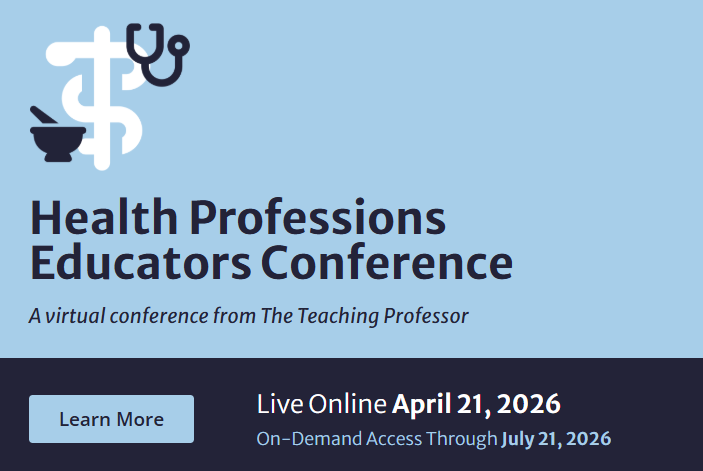How Do I Make Choices About Who I Am as a Teacher?
Who are you when you teach? When asked this question, most of us immediately respond by describing our teaching approaches. We might say “I’m more of a facilitator now.” Or we might respond with something like “I am a learner-centered teacher” or “I’m more of a lab teacher than lecturer.” But consider this question in another way: What “teaching presence” or persona underlies what you do as a teacher?



